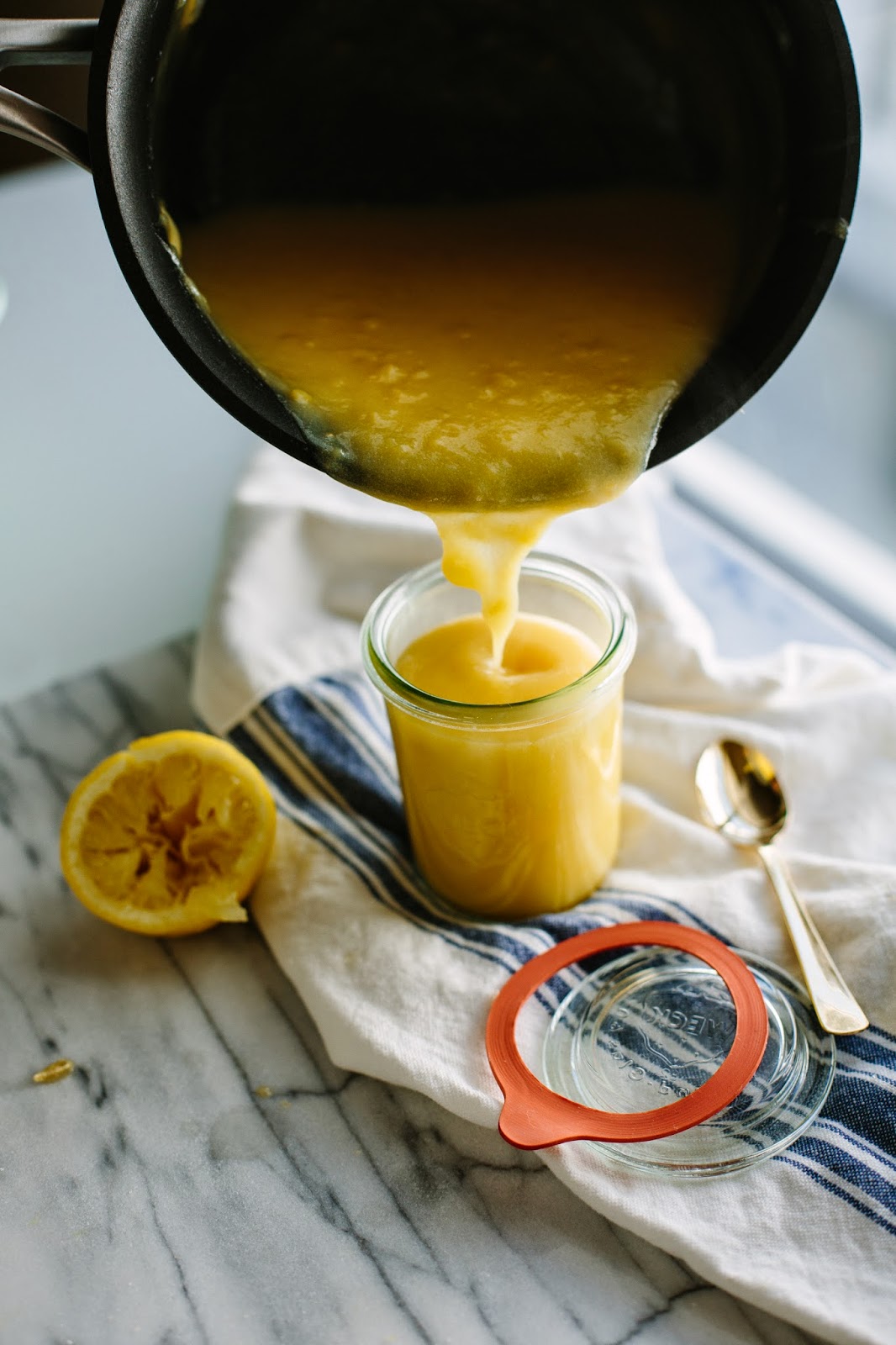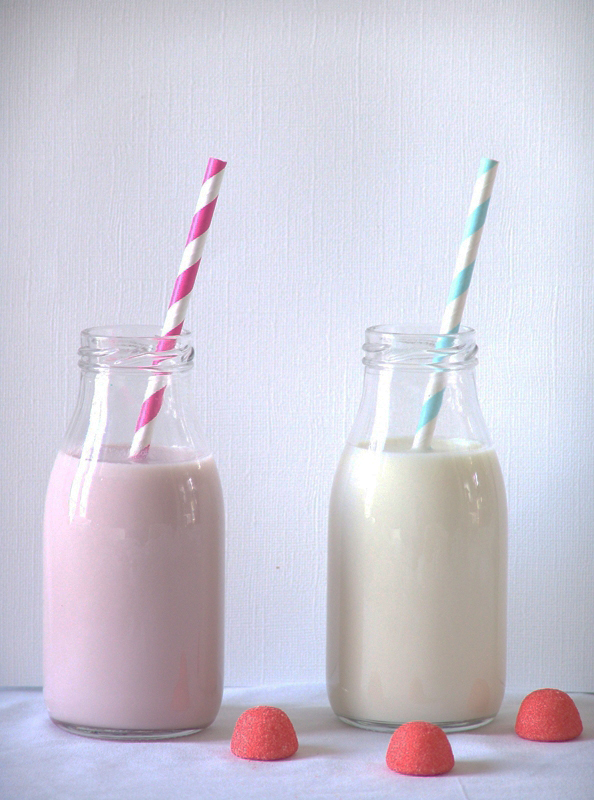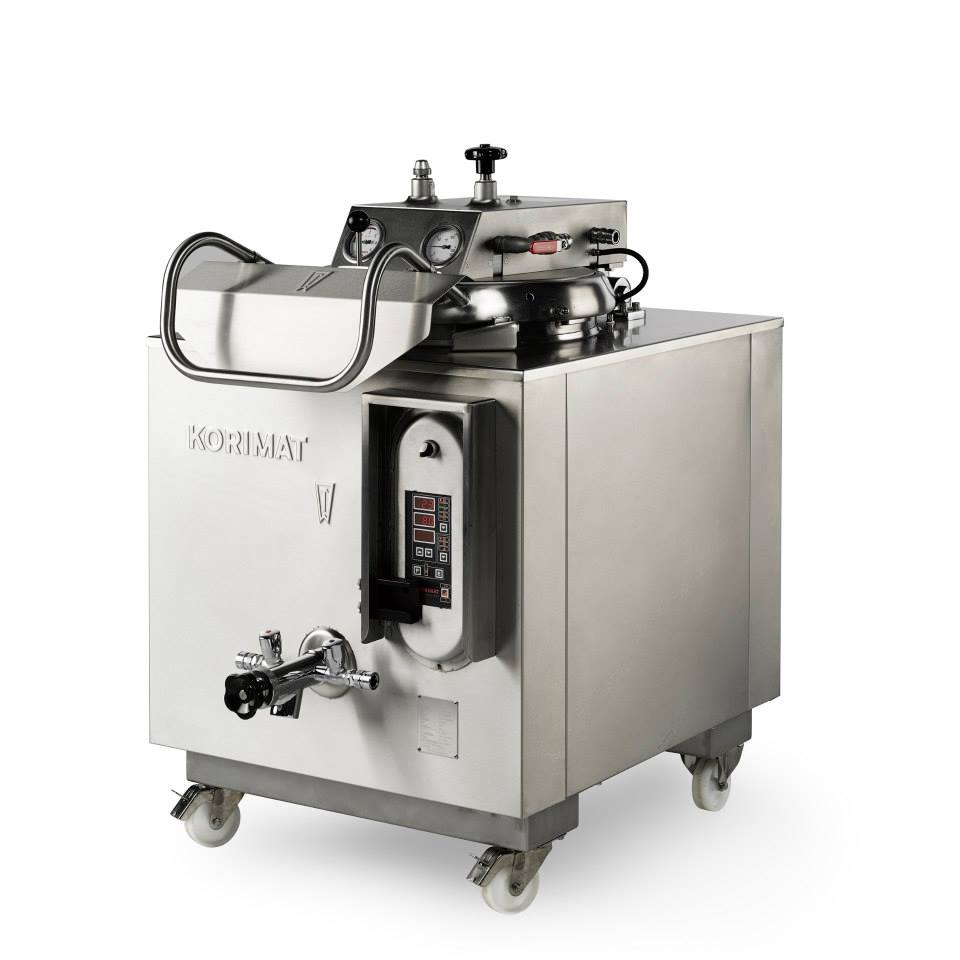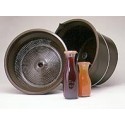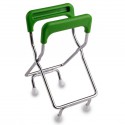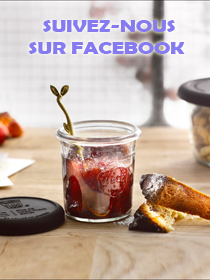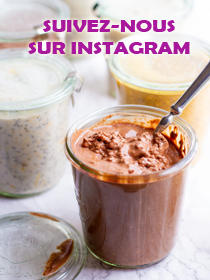Learn more
WECK® enamelled household electric sterilizer, model WAT 15 ecru color with timer and thermostat (juicer in the photo supplied separately)
Device Features:
ENAMELLED Household Electric Sterilizer (two layers), Ø 35 cm
Capacity: 29 liters
Thermostat: 30 to 100°C
Extraction position for fruit and vegetable juices
Pilot light
Background Grid
Colour: cream
230 V - 2,000 W
Capacity in jars: 14 of 1 liter (WECK) or 21 of 0.5 liter (WECK) or 7 of 1500gr (Familia wiss) or 7 of 1.5 liters (the perfect) or 12 of 750 gr (the perfect) + 2 of 500 gr (the perfect) or 14 of 350 gr (the perfect) or 6 of 2 liters (the perfect)®® + 1 of 1.5 L or 33 of 200 gr (the perfect).
1 year warranty.
The model presented and sold here is the Weck® WAT15, enamelled (cream colored). The buttons can be white or black depending on the production. (non-contractual photos).
That's right! Back to basics! Sterilization at home: it's trendy!
Concoct your own jams, pâtés, rillettes, confits, asparagus, foie gras, fruit in syrup.
All this, of course, in accordance with hygienic rules and following the basic principles essential for good conservation.
To do this, we offer you all the necessary equipment and advice.
Sterilization is a technique designed to remove any microbial germs from a preparation, for example, by bringing it to a high temperature, i.e. from 100°C to 180°C. It was invented by Nicolas Appert at the end of the eighteenth century (appertisation).
The theoretical explanation was provided by Louis Pasteur in the nineteenth century.

